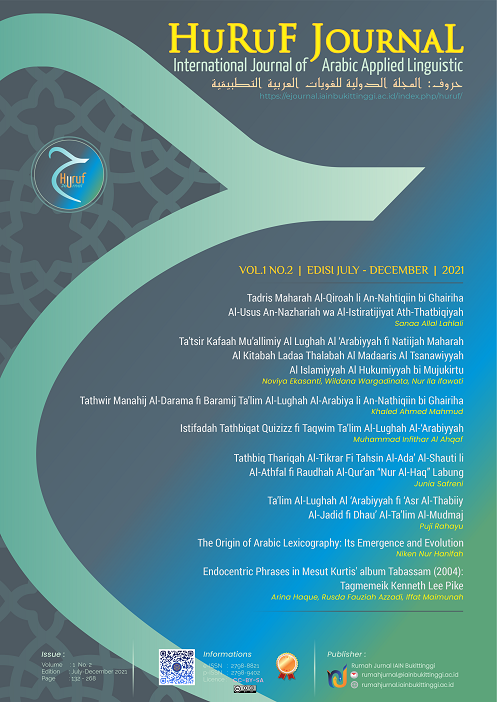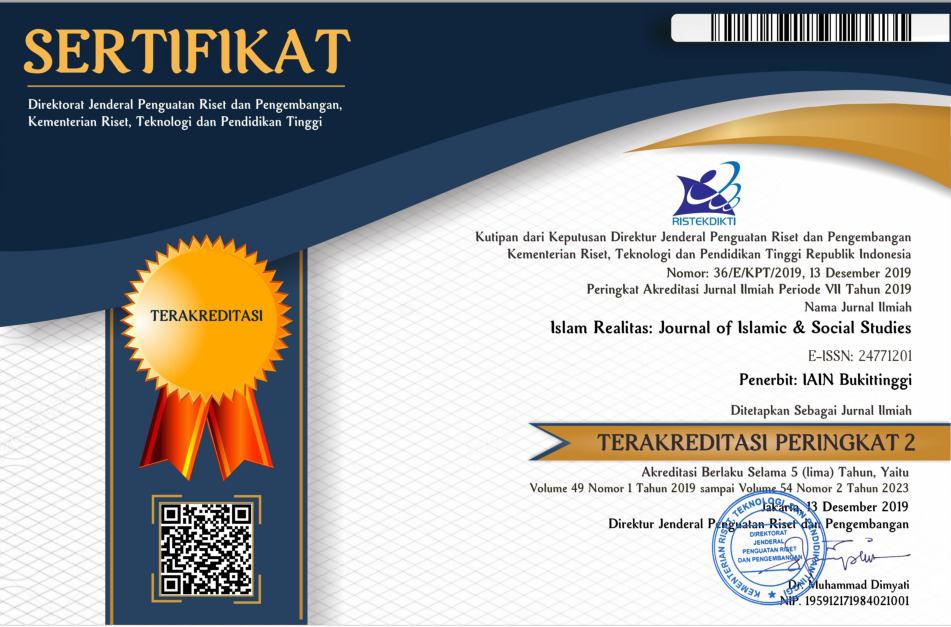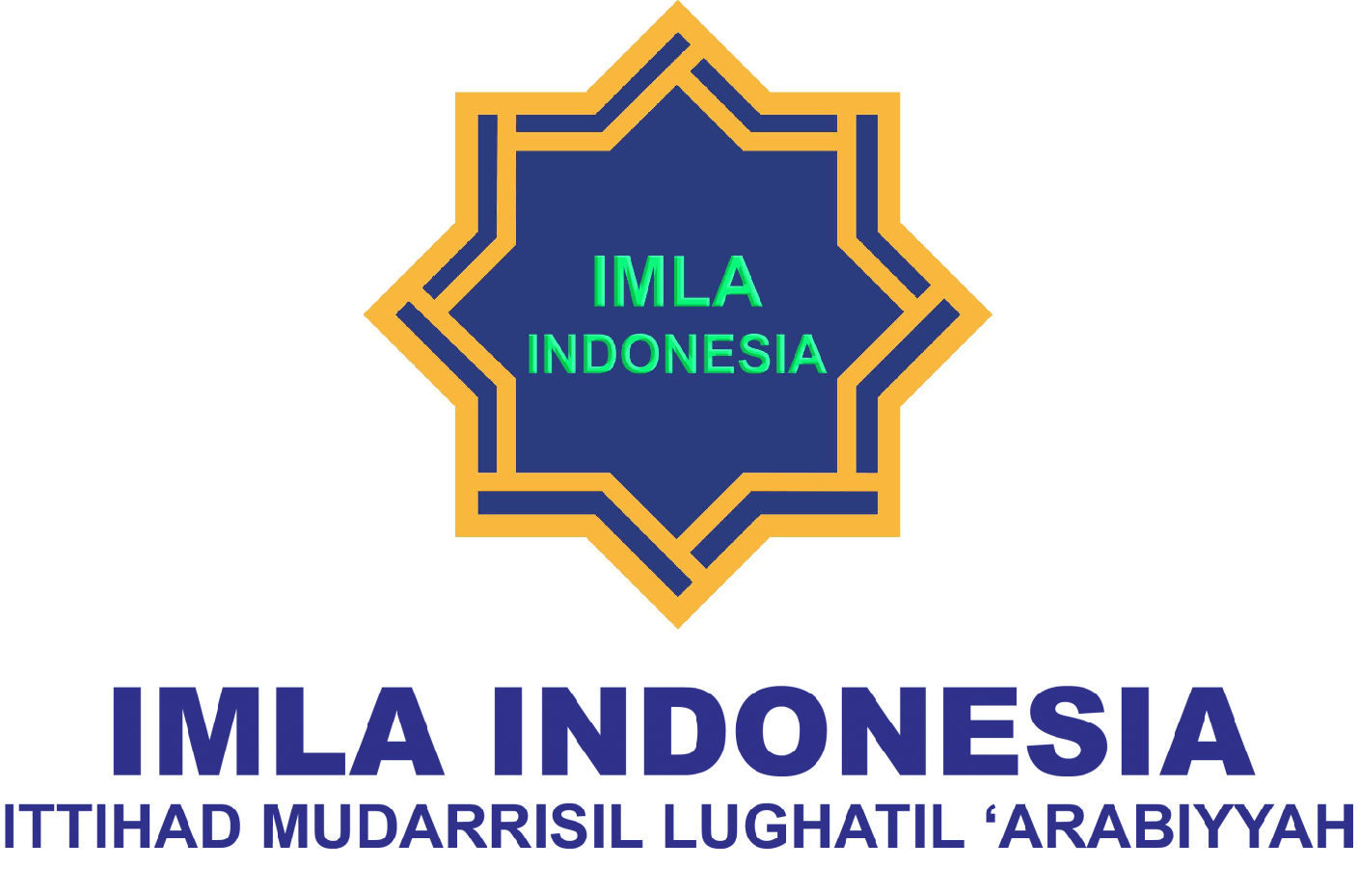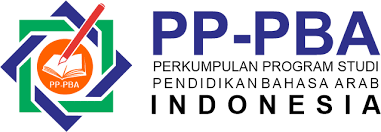Tathbiq Thariqah Al-Tikrar Fi Tahsin Al-Ada’ Al-Shauti li Al-Athfal fi Raudhah Al-Qur’an “Nur Al-Haq†Labung
DOI:
https://doi.org/10.30983/huruf.v1i2.5164Keywords:
Method of repetition, the vocal performanceAbstract
This research aims to answer the question is whether the method of repetition in improving the vocal performance of the children of the Qur'an Kindergarten "Noor al-Haq" in the village of Labung Candung is effective. The method used is descriptive quantitative research method. It is using statistical formulas based on research problems. At the same time, to find out the effectiveness of the repetition method in improving the vocal performance of the children of the Qur’an Kindergarten "Noor al-Haq" in the village of Labung Candung, the researcher uses the t-test formula at levels of 1% and 5%, meaning 22 df, level of 1%: 2.76377 and 5% level of 1.81246. Therefore, the level of significance of the calculation t compared to the table t, the null hypothesis is rejected and the alternative chance is accepted, and therefore the conclusion is that there is an effectiveness of the repetition method in improving the vocal performance of the children of Al-Quran Kindergarten "Noor Al-Haq" in the village of Labung Candung.
يهد٠هذا البØØ« إلى الإجابة عن السؤال هو هل طريقة التكرار ÙÙŠ تØسين الأداء الصوتي لأطÙال روضة القرآن "نور الØÙ‚" ÙÙŠ قرية لابونج جاندونج Ùعّالة. الطريقة المستخدمة هي طريقة البØØ« الكمي الوصÙÙŠ. وهي باستØدام الصيغ الإØصائية على أساس مشكلات البØØ«. ÙˆÙÙŠ الوقت Ù†Ùسه، لمعرÙØ© Ùعّالية طريقة التكرار ÙÙŠ تØسين الأداء الصوتي لأطÙال روضة القرآن "نور الØÙ‚" ÙÙŠ قرية لابونج جاندونج، تستخدم الباØثة صيغة اختبار t عند مستويات 1% Ùˆ 5%ØŒ يعني 22 df  مستوى 1% : 2.76377Ùˆ مستوى 5% 1.81246. ولذلك مستوى دلالة الØساب t مقارنة بالجدول tØŒ يتم رÙض الÙرضية الصÙرية ويتم قبول الÙرصية البديلة، وبالتالي Ùإن الاستنتاج هو أن هناك Ùعّالية طريقة التكرار ÙÙŠ تØسين الأداء الصوتي لأطÙال روضة القرآن "نور الØÙ‚" ÙÙŠ قرية لابونج جاندونج.
References
Ambarwati Dwi Lestari, Pelaksanaan Pembelajaran Huruf Hijaiyyah untuk Siswa Kelas 2 SD, IAIN Surakarta (di akses tgl 07-03-2021).
Arman Husni, Al-Madkhal Li Dirasah Al-Lughah AL-Arabiyah, IAIN Bukittinggi Press, Bukittinggi: 2016
Bu’anani Su’ad Aminah, Al-Dirasah Al-Shautiah ‘Inda ‘Ulama Al-Qarn Al-Khamis Al-Hijri, Jami’ah Wahran Qism Al-Lughah AL-Arabiyah wa Adabuha: Al-Sanah Al-Jamiah 2010-2011
Elfi Hamidah, Al-Ada’ Al-Shauti Min Wijhah Nazhar Ibn Jinni Fi Maharh Al-Kalam Lada Thalabah Jami’ah Maulana Malik Ibrahum Al-Islamiyah Al-Hukumiyah, Jami’ah Maulana Malik Ibrahum Al-Islamiyah Al-Hukumiyah Malang: 2018
Emil Badi’ Ya’qub, Fiqh Al-Lughah Al-Arabiyah wa Khashaisuha, (Beirut: Dar At-Tsaqafah Al-Islamiyah
M. Shofi Isa Anshori,(2016), Metode Drill Auditori Taktil Terhadap Kemampuan Melafalkan huruf-Huruf Al-qur’an , Jurnal Pendidikan Khusus UNISA. Dakses tgl 08-03-2021.
Rita Febrianta, Al-Mumarasah Al-Lughawiyah wa ‘Ilaqatuha Bi Al-I’dad An-Nafsi wa Al-Ijtima’I wa Al-Lughwi, Bukittinggi: 2018
Syaiful Siregar, Penerapan Metode Takrir dan Muraja’ah dalam Pembelajaran Al-qur’an UIN Medan (di akses tgl 06-03-2021).
Zikra Wahyni Maiza, Shu’ubat Nuthq Al-Ashwat Al-Arabiyah Li Tullab Qism Ta’lim Al-Lughah Al-Arabiyah Bijami’ah Bukittinggi Al-Islamiyah Al-Hukumiyah Sumatrah Al-Gharbiyah, Bukittinggi: Jami’ah Bukittinggi: 2019
Downloads
Published
Issue
Section
Citation Check
License
Authors who publish with this journal agree to the following terms:
- Authors retain copyright and grant the journal right of first publication with the work simultaneously licensed under a Creative Commons Attribution-ShareAlike 4.0 International Licensethat allows others to share the work with an acknowledgment of the work's authorship and initial publication in this journal.
- Authors are able to enter into separate, additional contractual arrangements for the non-exclusive distribution of the journal's published version of the work (e.g., post it to an institutional repository or publish it in a book), with an acknowledgment of its initial publication in this journal.
- Authors are permitted and encouraged to post their work online (e.g., in institutional repositories or on their website) prior to and during the submission process, as it can lead to productive exchanges, as well as earlier and greater citation of published work (See The Effect of Open Access).





